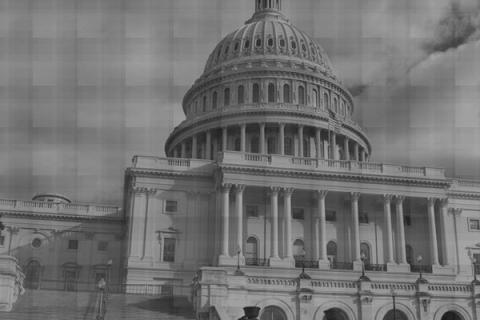Political parties are private institutions. In fact, political parties have often asserted the private right of private association to prevent unwanted influence on party activities. Yet, prior to 2012, every state in the union, except Washington and Louisiana, had partisan based primaries. Therefore, in almost every state, nonpartisan voters pay for the nominating process for political parties in which independent candidates cannot even participate. In many cases, the ability of independent voter to participate is limited or barred completely dependent on the form of the primary:
Closed Primaries: voters registered with a political party may vote in a closed primary. Independent voters (or “non-partisan” voters as they are called in many states) may not participate at all. Fifteen states currently have closed primaries.
Semi-Closed Primaries: In a semi-closed primary, independent voters can participate by selecting a partisan ballot or by registering with a political party on Day, depending on the law of the particular state. Registered party members, however, can only participate in their own party’s primary.
Open and Semi-Open Primaries: Voters can vote in any party primary regardless of party affiliation.
Whatever the structure of the partisan primary system, each form is a system of electing the nominee for a private organization. So, why should taxpayers subsidize the nomination process for political parties and partisan candidates? Nothing but history suggests that partisan primaries should be funded by the state, yet why taxpayers foot the bill for the political parties is rarely questioned.
Very few statistics are publicly available regarding the cost of such private affairs. But if it’s any indication, in 2012, an estimated $1,000,000 was spent for local county primaries in Shelby, Tennessee alone. And according to FireDog Lake. As the number of independent voters increases and approval of the political parties plummets, this question should be considered more closely.

